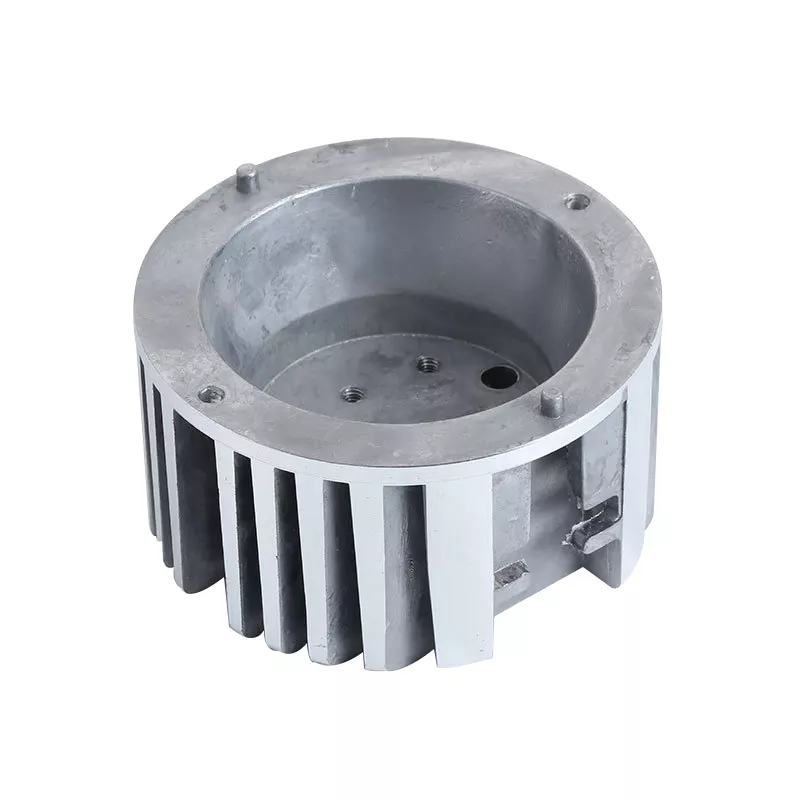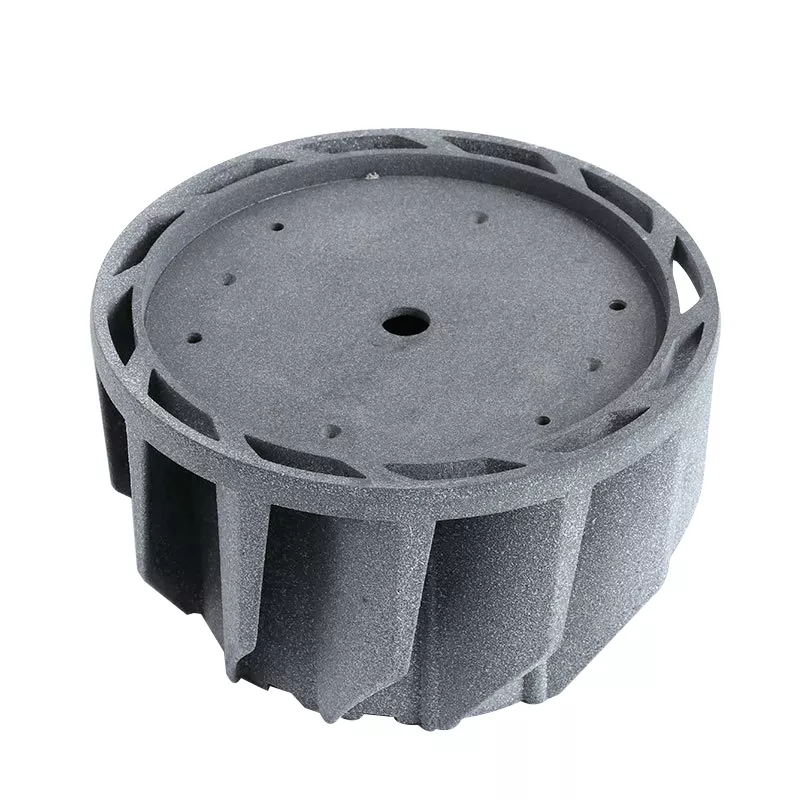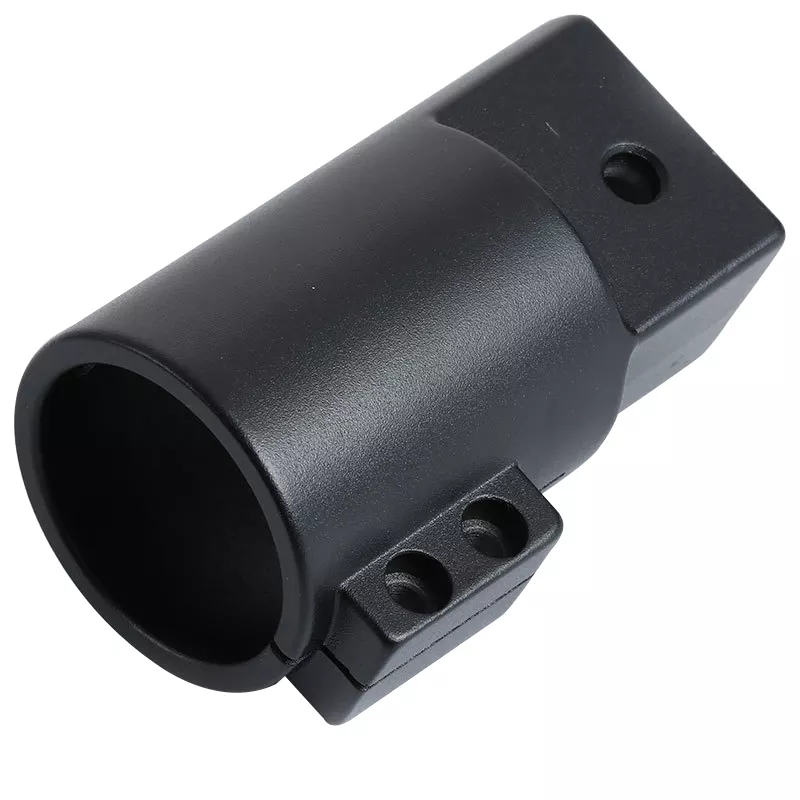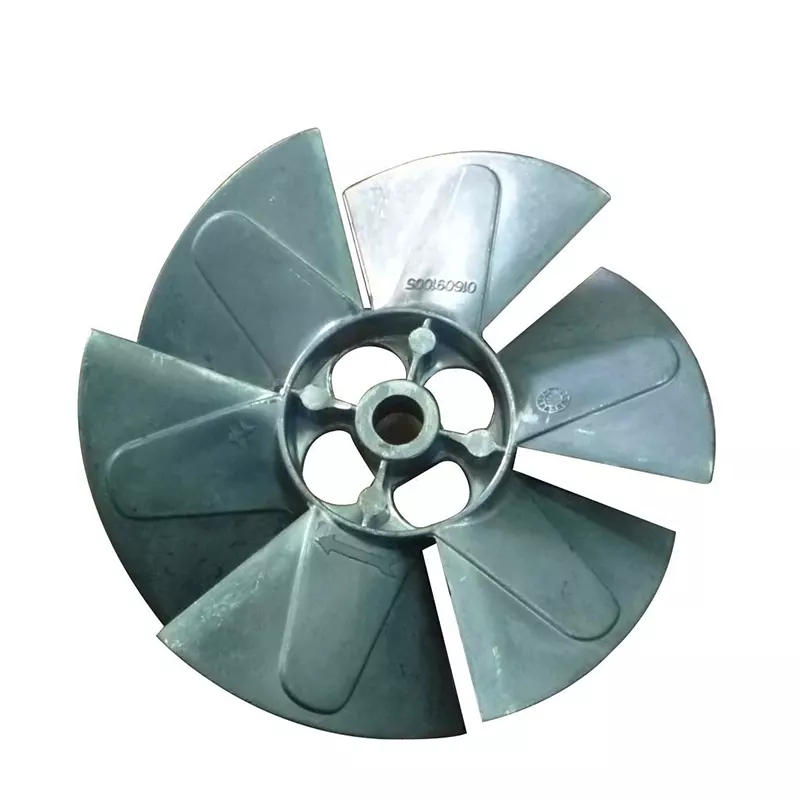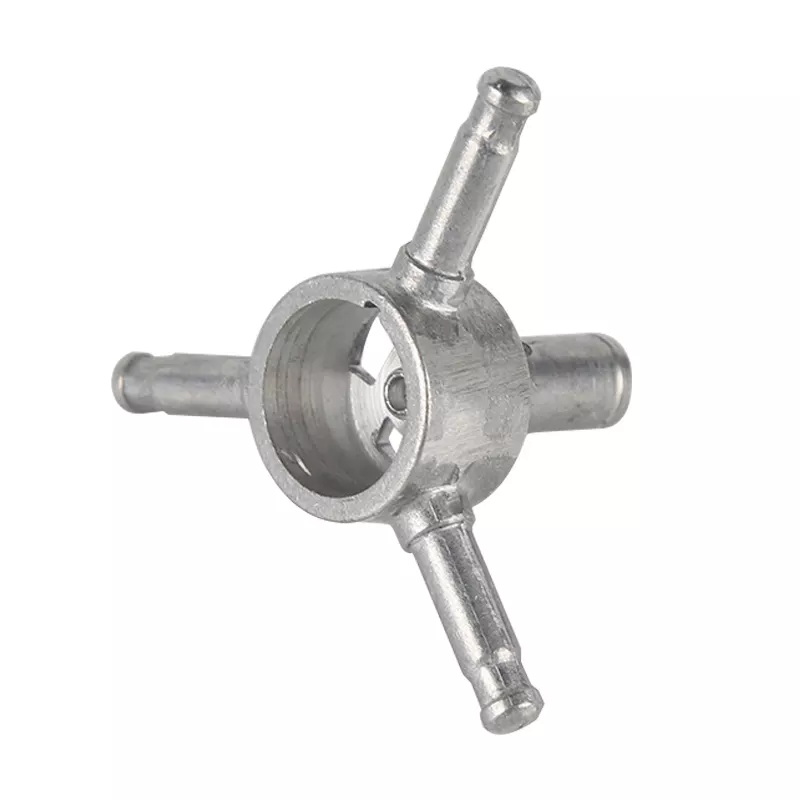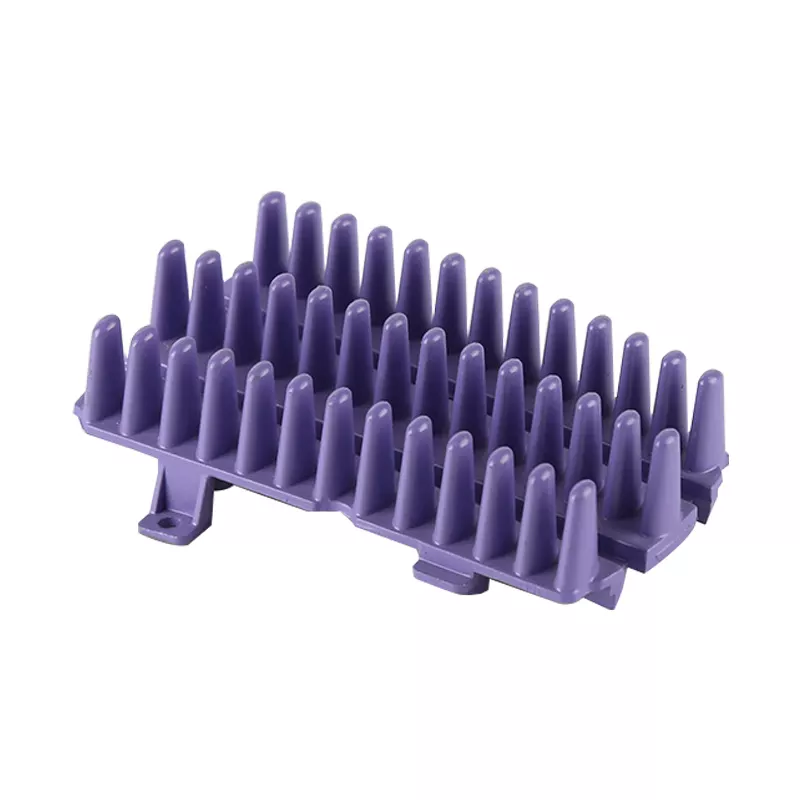The Classification Of Heat-Resistant Steel And Heat-Resistant Alloy
Heat-resistant materials such as heat-resistant steel and heat-resistant alloys are widely used in components such as engines, internal combustion engines, thermal power generation boilers, turbines, waste incineration treatment equipment, heat treatment furnaces, heaters, etc., and are indispensable materials for many industries. Japan needs to import a large amount of energy from overseas, so for Japan, energy efficiency must be improved. In order to improve the energy efficiency of various equipment, it is necessary to improve the performance of heat-resistant materials. The improvement of automobile engine performance and the reduction of environmental pollutant emissions from factories depend to a large extent on the development of heat-resistant materials that can work for a long time in higher temperatures and harsher environments. The development of the industry also depends on the development of heat-resistant materials. Adding or increasing elements such as Ni, Co, Mo, W, Ti, Nb is an effective method to improve the performance of heat-resistant steels, heat-resistant alloys and other heat-resistant materials, and many heat-resistant steels and heat-resistant alloys have been developed using this method. . Due to the limitation of the production area of rare elements and the increase in demand for rare elements, the unstable supply of alloy elements in heat-resistant steel and heat-resistant alloys leads to large price fluctuations.
There are many types of heat-resistant steels and heat-resistant alloys. These materials are used in different environments, required performances, and acceptable prices. For example, the maximum temperature of the intake valve of an automobile engine is only 500°C at most, so the material used is martensitic heat-resistant steel. Ni-based alloys are surplus materials for automobile engine intake valves and are too expensive. Therefore, heat-resistant materials should be used differently. On the other hand, cost reduction is an eternal issue in the manufacturing industry. Therefore, how to use cheaper raw materials to produce materials with the same performance is a requirement for heat-resistant materials. Japan developed the provincial Ni and Mo heat-resistant steels in World War II. Since then, Japan has developed resource-saving heat-resistant materials for more than 60 years.

Heat-resistant steel, heat-resistant alloy
There is no clear regulation on the difference between heat-resistant steel and heat-resistant alloy. Usually, the alloy element content is less than 50% is called heat-resistant steel, and the alloy element content is greater than 50% is called heat-resistant alloy. Japanese heat-resistant steel standards include JIS G4311, G4312, and several SUH series standards. According to the different matrix structure, heat-resistant steel can be divided into ferritic heat-resistant steel, martensitic heat-resistant steel, austenitic heat-resistant steel and precipitation-hardening heat-resistant steel. JIS G5122 stipulates the SCH series heat-resistant cast steel, but does not classify the steel grades according to the matrix structure, mixing ferritic heat-resistant steel, martensitic heat-resistant steel, and austenitic heat-resistant steel. In terms of heat-resistant alloys, JIS G 4091 and 4092 are NCF-based heat-resistant alloys and are not classified, but they are all austenitic heat-resistant alloys. There are heat-resistant alloys that are not available in JIS in ASTM, AMS, and DIN standards. In addition, it is also common practice to use the alloy development company's factory to name alloy grades, such as Inconel Alloy®. In addition, there are various new heat-resistant materials developed by some material factories, which have not yet been included in the standard. Various heat-resistant materials have both advantages and disadvantages, and should be selected appropriately according to the purpose. Table 1 shows the chemical compositions and uses of representative heat-resistant steels and heat-resistant alloys in JIS. Figure 1 shows the durability temperature of various heat-resistant steels and heat-resistant alloys. The following describes the characteristics of various heat-resistant materials and the role of alloying elements.
2 Ferritic heat-resistant steel
The representative ferritic heat-resistant steel widely used is SUS430 with low C-17%Cr. Cr is an element that improves the high-temperature corrosion resistance of steel, and is an indispensable element in heat-resistant steel. SUS430 has good oxidation resistance. Because there are no other elements in steel, SUS430 is cheaper. However, SUS430 does not harden after high temperature quenching, and its high temperature strength is low, so it can only be used for parts that do not require strength. On the other hand, because SUS430 has a small thermal expansion coefficient, and austenitic heat-resistant steel has a large thermal expansion coefficient, it is better to use SUS430 for parts that are prone to thermal fatigue due to repeated temperature changes. In addition, when SUS430 is used for a long time at about 500°C, it will become brittle due to the precipitation of brittle phases, so care should be taken. In addition to Cr, Al is also an element that improves oxidation resistance. At high temperatures, Al forms Al2O3 on the surface of the oxide scale, which becomes a strong protective film and plays a role in improving oxidation resistance. The heat-resistant steel that utilizes this effect of Al is FCH1. FCH1 is a heat-resistant steel with 5% Al added to 25% Cr steel for heating elements. It has good oxidation resistance below 1200°C.
3 Martensitic heat-resistant steel
Representative martensitic heat-resistant steels are 12% Cr steels SUS403 and SUS410J1 with a C content of about 0.1%. These heat-resistant steels are hardened by high-temperature quenching and then tempered. M23C6 is precipitated on the martensite of the mother phase, and high strength can be maintained below 600°C. If Mo is added to increase the tempering softening resistance, the high strength can be further maintained. The martensitic heat-resistant steel will soften at a high temperature above 600°C, causing its strength to drop sharply. Therefore, martensitic heat-resistant steel is suitable for parts that require high-temperature strength at a working temperature of 500-600°C or less. In addition, since the Cr content of martensitic heat-resistant steel is less, 12%, and a part of Cr is also consumed in carbides, the Cr content in the parent phase cannot be guaranteed, so the oxidation resistance of martensitic heat-resistant steel is often Not as good as ferritic heat-resistant steel and austenitic heat-resistant steel. The elements Si and Al, which improve the oxidation resistance, can also form a protective film on the scale of the martensitic heat-resistant steel. There are SUH3 and SUH11 martensitic heat-resistant steels that add Si to improve oxidation resistance. These heat-resistant steels are mainly used for engine intake valves and heat-resistant bolts.
4 Austenitic heat-resistant steel
When Cr is added to the steel, the austenite stabilizing element Ni is added at the same time, and the steel is a stable austenite structure at all temperatures. Common austenitic steels are SUS304 and SUS310. As we all know, SUS304 is corrosion-resistant stainless steel, but SUS304 can also be used as heat-resistant steel. Below 600°C, the strength of austenitic heat-resistant steel is between martensitic heat-resistant steel and ferritic heat-resistant steel; above 600°C, the strength is greater than that of martensitic heat-resistant steel. In addition, SUS304 below 800°C, SUS310 below 1000°C, has good oxidation resistance when repeated heating and cooling are performed. However, when used for a long time at 700-900°C, brittle phases will precipitate, making the material brittle. In addition, since the thermal expansion coefficient of SUS304 and SUS310 is greater than that of martensitic heat-resistant steel and ferritic heat-resistant steel, thermal fatigue damage is prone to occur, and attention should be paid to these two points.
When high-temperature strength is required, austenitic heat-resistant steel can be further enhanced by precipitation strengthening and solid solution strengthening. The austenitic heat-resistant steel used for engine exhaust valves is SUH35. The addition of C to the steel improves the high temperature strength of SUH35 by using carbide precipitation strengthening and solid solution strengthening by adding N. By increasing the content of austenite stabilizing element Mn, even if the Ni content is 4%, an austenite structure can be obtained. The SUH660 used for heat-resistant bolts and heat-resistant springs is strengthened by the precipitation of γ, phase (Ni3 (Al, Ti)) due to the addition of Al and Ti.
5 Precipitation-strengthened heat-resistant steel
According to the matrix structure, heat-resistant steel can be divided into austenitic heat-resistant steel, martensitic heat-resistant steel and ferritic heat-resistant steel. The representative grade of martensitic heat-resistant steel is SUS630. After aging treatment at 500℃, SUS630 precipitates ε phase (Cu phase) in the low-C martensite matrix to improve the strength of the steel. However, when the temperature exceeds 500°C, the ε phase is coarsened, and the martensite structure is also changed, which reduces the strength of the steel. Therefore, SUS630 is mainly used for turbine parts below 500°C. The main component of SUS630 steel is 17Cr-4Ni-4Cu, the Ni content is not too high, and considering the stability of austenite, the Ni content cannot be reduced, so it is not a resource-saving development steel.
6 Heat-resistant alloy
While developing heat-resistant steel, Japan has also been developing heat-resistant alloys. In order to improve heat resistance, Cr, Ti, Al, Nb and other elements are added to the alloy. According to the strengthening mechanism, heat-resistant alloys can be divided into solid-solution-strengthened heat-resistant alloys and precipitation-strengthened heat-resistant alloys. Representative solid-solution-strengthened heat-resistant alloys are NCF600, 601, 609 (equivalent to Inconel Alloy 600, 601, 609), and representative precipitation-strengthened heat-resistant alloys are NCF718 and 750 (equivalent to Inconel Alloy 718, X750) And NCF800H (equivalent to Inconel Alloy 800H). The solid-solution-strengthened heat-resistant alloy undergoes aging treatment, and the strength and hardness are not increased, so the high-temperature strength is not high. Therefore, compared with the structural parts that require high-temperature strength, it is more suitable for corrosive environments including high-temperature environments Parts requiring durability. Precipitation-strengthened heat-resistant alloys contain Al, Ti and other elements. Like SUH600, γ, phase is precipitated, which improves the strength and hardness of the alloy. Therefore, precipitation-strengthened heat-resistant alloys are suitable for springs, bolts, engine parts, etc. that require high temperatures. Strength parts.
Please keep the source and address of this article for reprinting: The Classification Of Heat-Resistant Steel And Heat-Resistant Alloy
Minghe Die Casting Company are dedicated to manufacture and provide quality and high performance Casting Parts(metal die casting parts range mainly include Thin-Wall Die Casting,Hot Chamber Die Casting,Cold Chamber Die Casting),Round Service(Die Casting Service,Cnc Machining,Mold Making,Surface Treatment).Any custom Aluminum die casting, magnesium or Zamak/zinc die casting and other castings requirements are welcome to contact us.

Under the control of ISO9001 and TS 16949,All processes are carried out through hundreds of advanced die casting machines, 5-axis machines, and other facilities, ranging from blasters to Ultra Sonic washing machines.Minghe not only has advanced equipment but also have professional team of experienced engineers,operators and inspectors to make the customer’s design come true.

Contract manufacturer of die castings. Capabilities include cold chamber aluminum die casting parts from 0.15 lbs. to 6 lbs., quick change set up, and machining. Value-added services include polishing, vibrating, deburring, shot blasting, painting, plating, coating, assembly, and tooling. Materials worked with include alloys such as 360, 380, 383, and 413.

Zinc die casting design assistance/concurrent engineering services. Custom manufacturer of precision zinc die castings. Miniature castings, high pressure die castings, multi-slide mold castings, conventional mold castings, unit die and independent die castings and cavity sealed castings can be manufactured. Castings can be manufactured in lengths and widths up to 24 in. in +/-0.0005 in. tolerance.

ISO 9001: 2015 certified manufacturer of die cast magnesium, Capabilities include high-pressure magnesium die casting up to 200 ton hot chamber & 3000 ton cold chamber, tooling design, polishing, molding, machining, powder & liquid painting, full QA with CMM capabilities, assembly, packaging & delivery.

ITAF16949 certified. Additional Casting Service Include investment casting,sand casting,Gravity Casting, Lost Foam Casting,Centrifugal Casting,Vacuum Casting,Permanent Mold Casting,.Capabilities include EDI, engineering assistance, solid modeling and secondary processing.

Casting Industries Parts Case Studies for: Cars, Bikes, Aircraft, Musical instruments, Watercraft, Optical devices, Sensors, Models, Electronic devices, Enclosures, Clocks, Machinery, Engines, Furniture, Jewelry, Jigs, Telecom, Lighting, Medical devices, Photographic devices, Robots, Sculptures, Sound equipment, Sporting equipment, Tooling, Toys and more.
What Can we help you do next?
∇ Go To Homepage For Die Casting China
→Casting Parts-Find out what we have done.
→Ralated Tips About Die Casting Services
By Minghe Die Casting Manufacturer |Categories: Helpful Articles |Material Tags: Aluminum Casting, Zinc Casting, Magnesium Casting, Titanium Casting, Stainless Steel Casting, Brass Casting,Bronze Casting,Casting Video,Company History,Aluminum Die Casting |Comments Off

